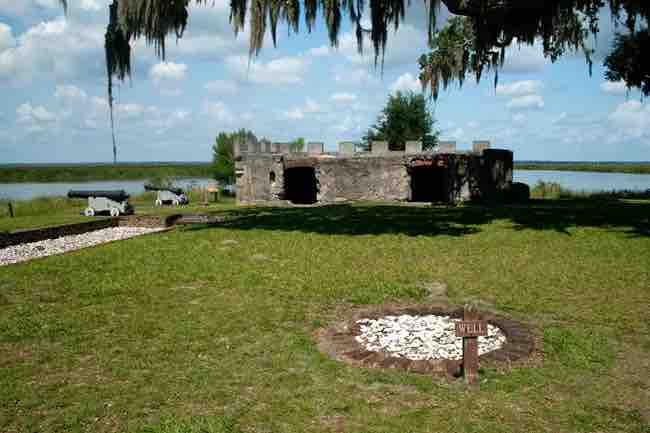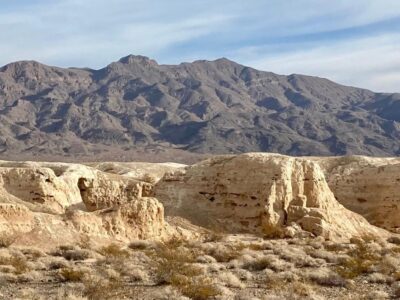What is there to say about Georgia that hasn’t been already said? It was the 13th and final original colony before the formation of the United States. The state played a pivotal and, in the end, tragic role in the “War Between The States” as the last stop on General Sherman’s fiery march to the sea.
A young Martin Luther King, Jr., was reared in Georgia’s capital city of Atlanta before he would go on to change America and the world forever. The great Henry Aaron, “Hammerin’ Hank,” would break major league baseball’s all-time home run record playing for the famed Atlanta Braves. Jimmy Carter, the humble peanut farmer and 39th president, was born and raised in the tiny town of Plains, Georgia, before ascending to the Governor’s mansion and then the White House.
Stuart Gorrell wrote the simple words that were made immortal, but perhaps one of the greatest R&B singers to ever live, Ray Charles:
“Other arms reach out to me
Other eyes smile tenderly
Still, in peaceful dreams, I see
The road leads back to you …”
Indeed, so many roads, lives, and winding tales lead back to the Peach State, yet there are countless stories for the “Empire State of the South” to tell.
Like any good story, it’s prudent to look backward into the main character’s history before sallying forth into the future.
Georgia has as storied a history as any other state in the Union, and, thankfully, a great deal of this history can be found in its two National Monuments. Read on to learn more!
Fort Frederica National Monument: As the southernmost state in early colonial America, Georgia has seen its fair share of conflict and has been on the front lines of numerous points of military encroachment. This National Memorial, near St. Simons Island, Georgia, commemorates a defense that took place decades before the U.S. was even formed. Fort Frederica was a British fort when the Spanish attacked in 1742. Through brave struggle and sacrifice, the British held the fort, ensuring that Georgia would remain a British colony and later become a state in the newly formed country following the cessation of the American Revolutionary War. Today, the fort stands in memory of the lives lost during the battle, and visitors are invited to learn more about the fort’s history, see artifacts from the time, or simply take a guided tour of the grounds. This memorial should be high on your list for those interested in early colonial history!
Photo Courtesy NPS
Fort Pulaski National Monument: This monument sat at what historians call “a turning point in military history!” Fort Pulaski, completed in 1847, was once at the vanguard of coastal defense with its seven-and-a-half-foot thick brick walls backed by fortified masonry — it was considered nearly impenetrable. The advent of a new weapon during the American Civil War would change all that with the implementation by Union forces of the rifled gun, which had yet to be truly battle-tested. Firing from nearby Tybee Island, Union forces began the systematic dismantling of Fort Pulaski using this new weapon technology, and eventually, the Confederate troops were left with no choice but to surrender. Today, visitors can see and touch the holes made by the rifled gun over 150 years ago and transport themselves back in time to try to understand what it must’ve been like all those decades ago. This site is truly spectacular and can’t be passed by!
Photo Courtesy NPS





